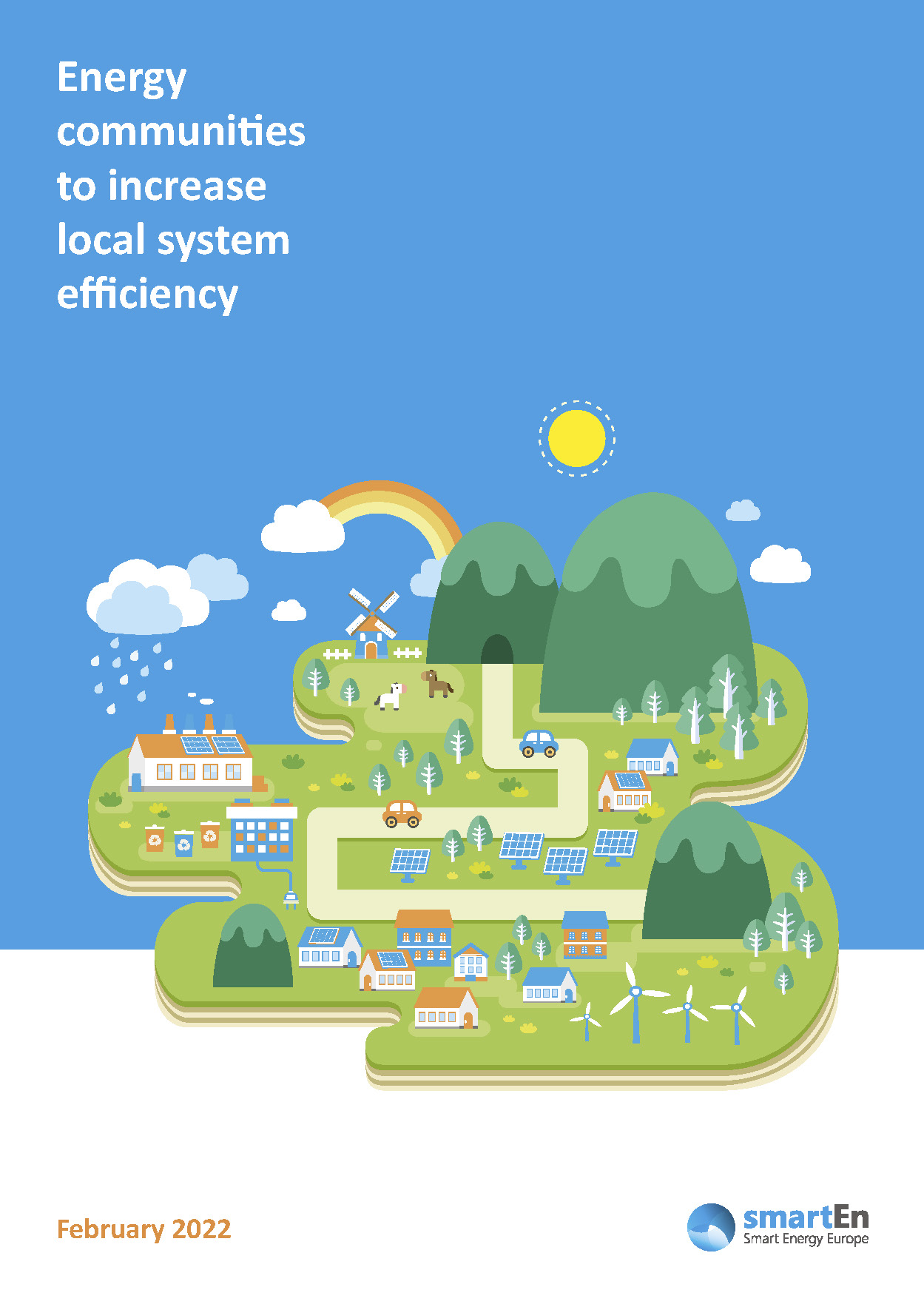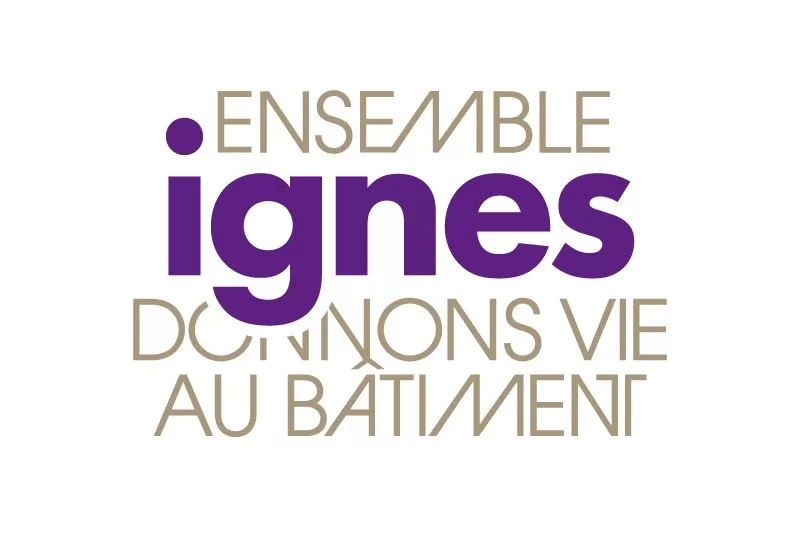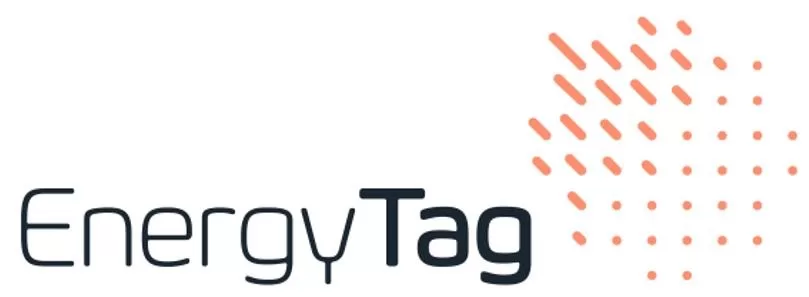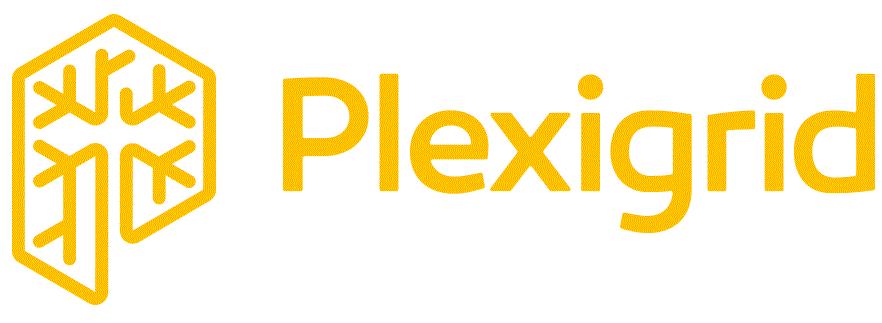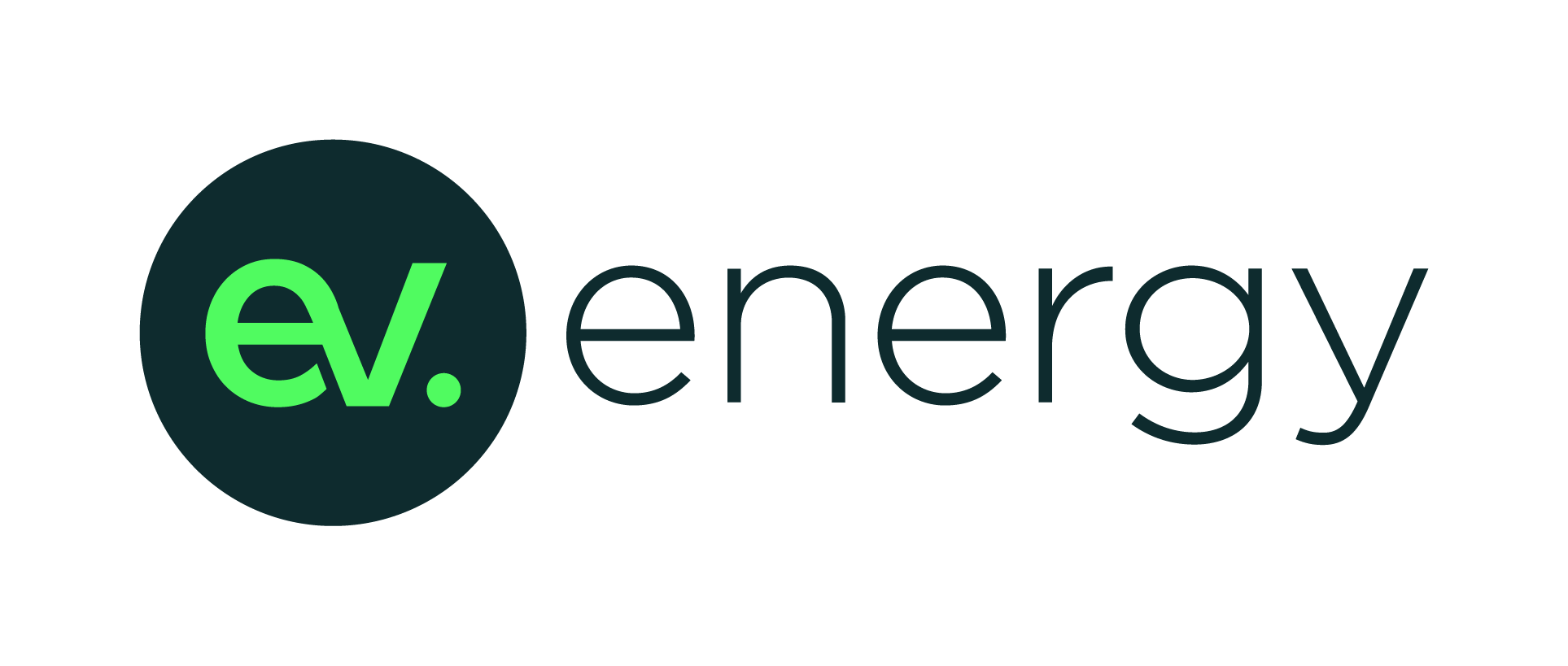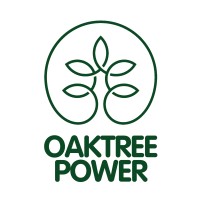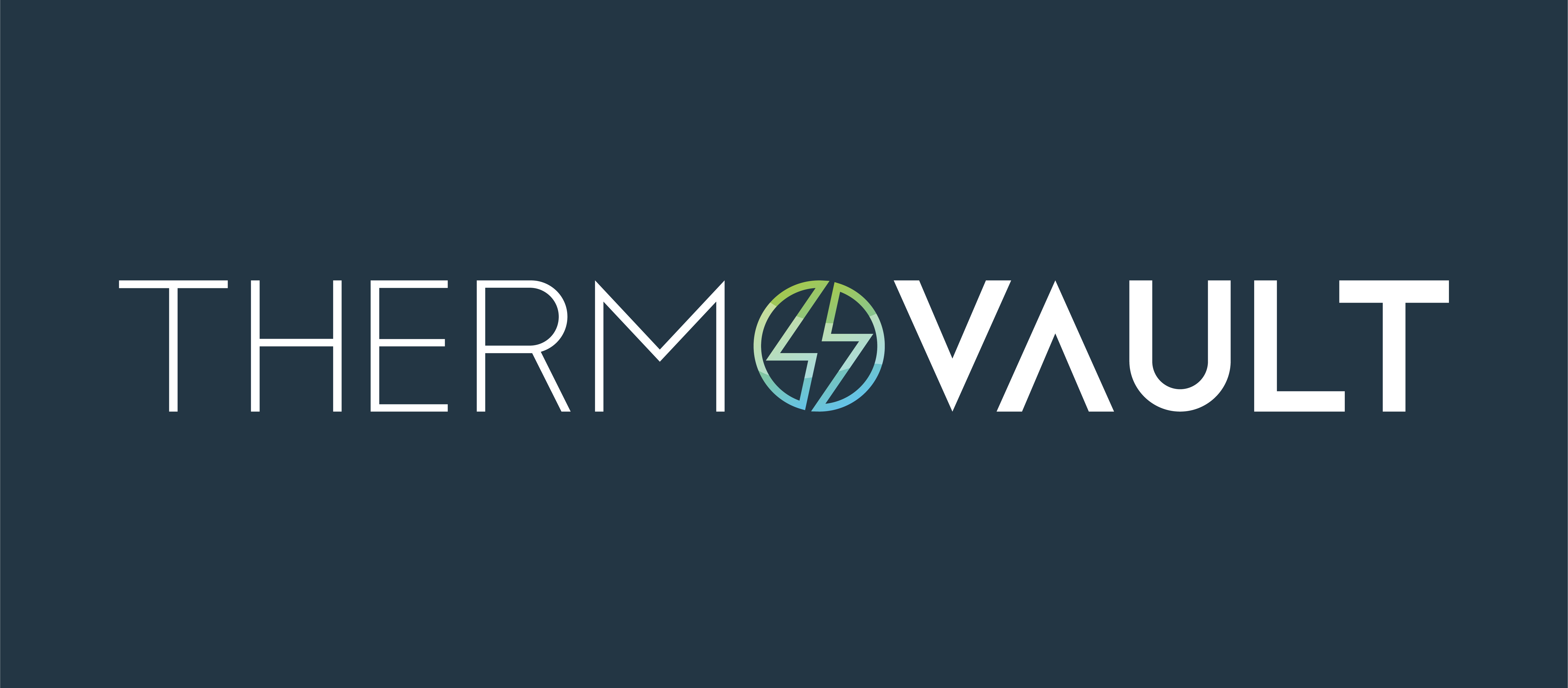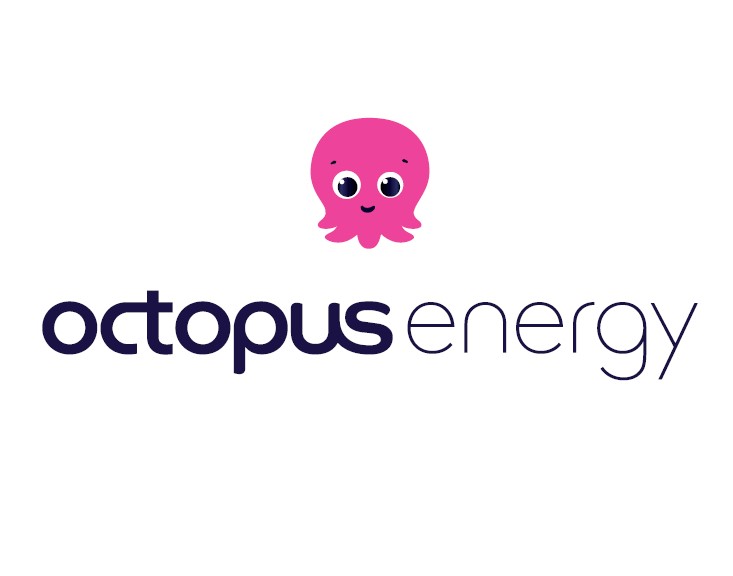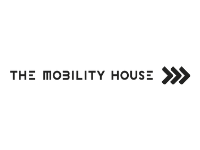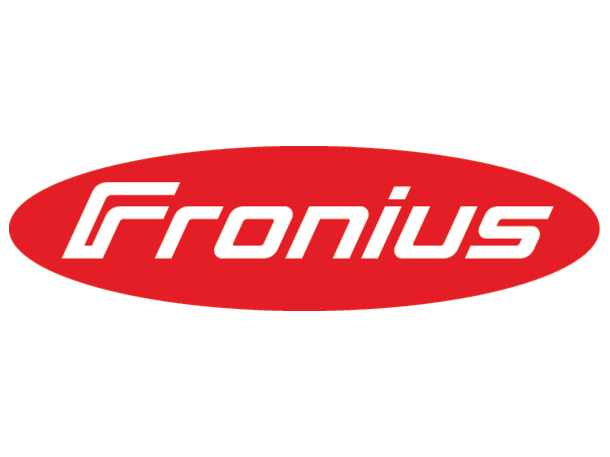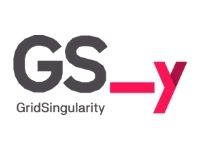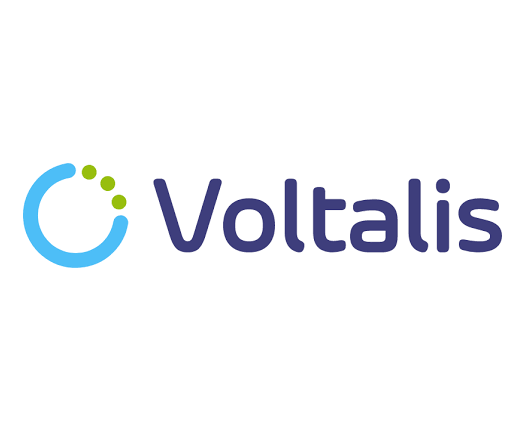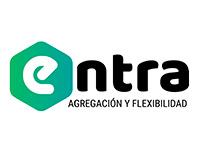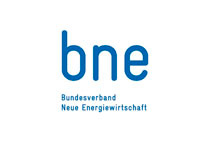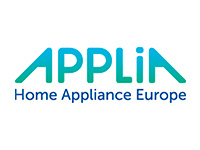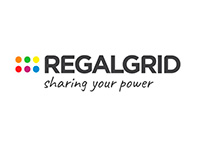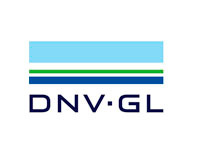The EU has been scaling up its climate and energy ambitions, and has now committed to reduce 55% of net GHG emissions by 2030. In order to achieve this target, massive investments in decentralized energy resources are required, such as solar, wind, storage, new loads such as electric vehicles or heat pumps, and all kinds of smart energy solutions that can allow these resources to use Europe’s electricity infrastructure as efficiently as possible.
This is not only a financial challenge, but an organisational one. It requires the active participation of end-users and citizens. Energy communities can make an enormous contribution in this regard. As stated in the recent State of the Energy Union report1, at least 2 million people in the EU are already involved with more than 7700 energy communities, and the engagement is on the rise. They have also contributed up to 7% of nationally installed capacities of renewables, estimated at 6.3 GW.
Before further diving into the potential of energy communities, we would like to clarify the term ‘energy community’ for the purposes of this report. ‘Citizen energy community’ (CEC) and ‘renewable energy community’ (REC) have been defined in respectively the Electricity Directive and the Renewable Energy Directive. CECs and RECs are legal entities based on open and voluntary participation and effectively controlled by their shareholders or members who are citizens, SMEs and/or local authorities and whose primary purpose is to provide environmental, economic or social community benefits for their members or the local area members. These two concepts have been set up to enable the participation of the civil society into the provision of energy services, where profit is not the main goal (e.g. cooperatives, associations, etc.).
Energy communities can engage in many different activities, many of which do not strictly require geographic proximity. However, in this paper we focus on those activities that do require geographic proximity, such as setting up collective self-consumption schemes, optimising the use of renewables and reducing grid congestion. In this way, we want to look at how energy communities can strengthen their business models, while also contributing to local system efficiency.
We also present how energy communities can benefit from new kinds of services. These services can be used both by energy communities that require geographic proximity, as well as ‘communities’ in a broader sense, such as virtual communities consisting of customers of the same aggregator or energy retailer, local peer-to-peer energy trading or local flexibility markets. The latter are usually not in themselves energy communities as defined in the EU framework, yet can provide valuable services, and enable energy communities to further develop their services and technological capabilities.

